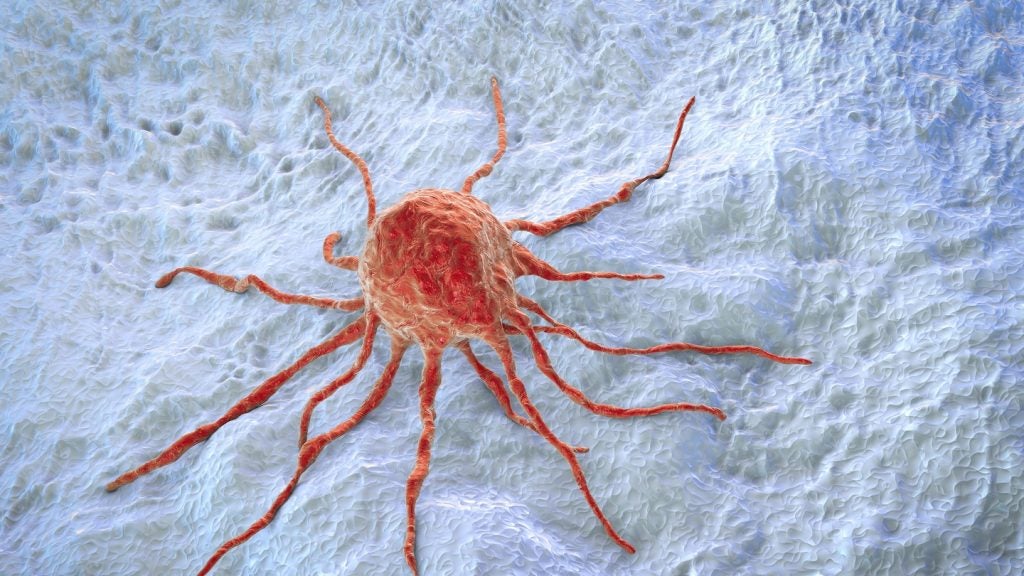Immatics has initiated a Phase I/II clinical trial evaluating its proprietary Bispecific T cell engaging receptor (TCER) IMA402 in patients with advanced solid tumours.
The study including dose escalation and dose expansion parts will assess IMA402 in HLA-A*02:01-positive patients with PRAME-expressing recurrent and/or refractory solid tumours.
The first part of the study will enrol around 45 patients and be conducted at nearly 15 sites in Europe.
It is designed as a basket trial in focus indications to expedite signal finding. These include synovial sarcoma, uterine cancer, ovarian cancer, lung cancer, cutaneous and uveal melanoma, among others.
Based on the half-life extended TCER format, pharmacokinetics data will be further assessed to provide an early opportunity for adjusting the treatment intervals.
Further, the study will be extended into the US at the dose expansion stage.
Determining the maximum tolerated dose and/or the recommended doses for trial extensions, and characterising the tolerability and safety of IMA402 are the primary objectives of the Phase I/II study.
Secondary objectives include evaluating the anti-tumour activity and assessment of pharmacokinetics.
Immatics chief medical officer Cedrik Britten said: “The addition of IMA402 to our clinical pipeline is a truly exciting step and aligns with our strategic goal to harness the full potential of PRAME, one of the most promising cancer targets in solid tumours.
“With our half-life extended format, we believe IMA402 has the potential to be an attractive treatment option by enhancing efficacy, minimising toxicities, and providing a favourable dosing regimen for cancer patients.
“We are working with urgency to bring IMA402 to a broad patient population as quickly as possible and look forward to sharing the first clinical data in 2024.”
TCER IMA402 is the company’s second clinical programme with the first being the TCR-T cell therapy ACTengine IMA203, currently being assessed in a Phase Ib dose expansion.
A Phase II study is also planned with indication-specific cohorts and/or combination therapies.















